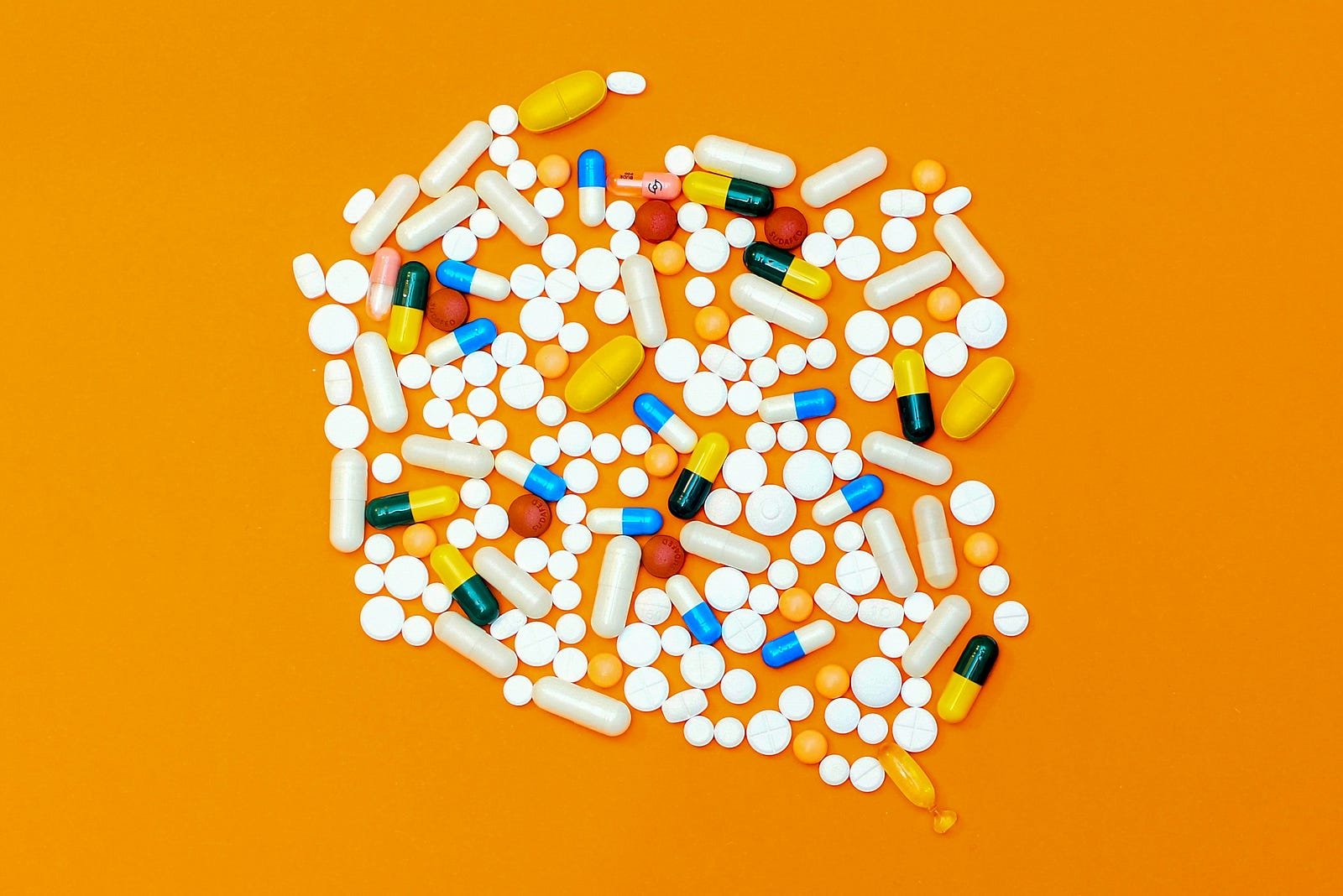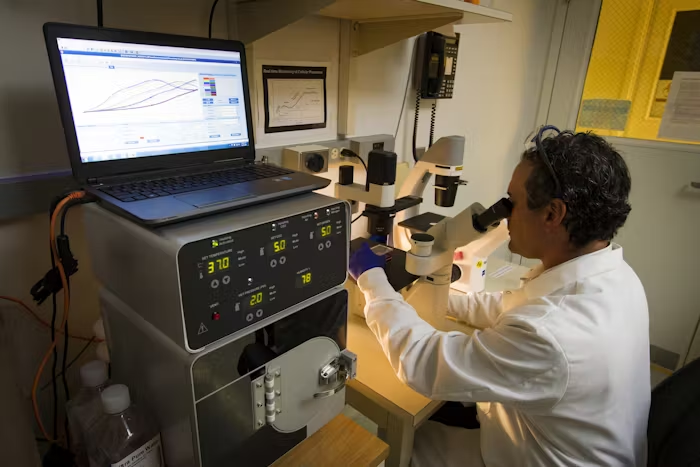Nanotechnology, often hailed as the frontier of innovation, is revolutionizing multiple industries, particularly healthcare. By working at the molecular and atomic levels, nanotechnology has unlocked transformative possibilities for diagnosing, treating, and preventing diseases. This article explores The Role of Nanotechnology in Medicine, highlighting its applications, advancements, and the potential to reshape the future of healthcare.
What is Nanotechnology?
Nanotechnology involves manipulating materials at the nanoscale, typically between 1 to 100 nanometers. At this size, materials often exhibit unique physical, chemical, and biological properties, making them valuable for medical applications.
In medicine, nanotechnology focuses on creating nanomaterials, devices, and systems that enhance diagnostics, drug delivery, tissue repair, and disease monitoring, transforming the way we approach healthcare.
The Role of Nanotechnology in Medicine: A Revolution in Healthcare
Nanotechnology has introduced innovative approaches to address complex medical challenges. Its precision, efficiency, and versatility have positioned it as a cornerstone of modern medicine. Below, we explore the key areas where nanotechnology in medicine is making significant strides.

1. Drug Delivery Systems
Targeted Therapy
Traditional drug delivery methods often have systemic effects, leading to side effects and reduced efficacy. Nanotechnology allows for targeted drug delivery, ensuring the medication reaches specific cells or tissues.
Example:
- Nanoparticles for Cancer Treatment: Nanoparticles can deliver chemotherapy drugs directly to tumor cells while sparing healthy tissues, minimizing side effects and improving treatment outcomes.
Benefits:
- Enhanced bioavailability.
- Reduced drug toxicity.
- Improved patient compliance.
2. Diagnostics and Imaging
Early Disease Detection
Nanotechnology enables the development of highly sensitive diagnostic tools that detect diseases at their earliest stages.
Example:
- Quantum Dots: These nanomaterials are used in imaging techniques to detect cancer biomarkers, improving the accuracy and speed of diagnosis.
Nanobiosensors
Nanobiosensors can monitor vital health parameters and detect infections, providing real-time data for personalized healthcare.
3. Regenerative Medicine
Tissue Engineering
Nanotechnology has revolutionized regenerative medicine by facilitating the development of biocompatible scaffolds. These nanostructures support cell growth and tissue regeneration, offering hope for organ repair and replacement.
Example:
- Nanofibers: Used to create scaffolds that mimic natural tissue, aiding in wound healing and tissue regeneration.
Stem Cell Therapy
Nanotechnology enhances stem cell delivery and integration, promoting efficient tissue repair and regeneration.
4. Fighting Infectious Diseases
Antimicrobial Nanomaterials
Nanotechnology plays a crucial role in combating antibiotic resistance by creating nanomaterials with antimicrobial properties.
Example:
- Silver Nanoparticles: These have shown significant efficacy in killing bacteria, viruses, and fungi, offering a solution to drug-resistant infections.
Vaccine Development
Nanoparticles are used as adjuvants in vaccines, enhancing immune responses and improving vaccine efficacy.
5. Cancer Treatment
Cancer treatment has seen significant advancements due to nanotechnology. From precise drug delivery to innovative imaging techniques, nanotechnology has reshaped oncology.
Example:
- Gold Nanoparticles: These are used in photothermal therapy, where nanoparticles heat up and destroy tumor cells upon exposure to light.
Benefits:
- Reduced side effects.
- Enhanced precision in targeting cancer cells.
6. Nanorobots: The Future of Surgery
Precision Surgeries
Nanorobots, microscopic robots designed at the nanoscale, are being developed for precision surgeries and medical interventions.
Example:
- Bloodstream Navigation: Nanorobots can navigate through the bloodstream to deliver drugs, clear blockages, or repair damaged tissues.
Advantages:
- Minimally invasive procedures.
- Reduced recovery times.
7. Cardiovascular Health
Atherosclerosis Treatment
Nanotechnology is used to create nanoparticles that can remove plaque from arteries, reducing the risk of heart attacks and strokes.
Example:
- Magnetic Nanoparticles: These can be guided to specific locations to break down arterial blockages.
8. Personalized Medicine
Nanotechnology enables the creation of personalized treatment plans based on an individual’s genetic profile, ensuring optimal outcomes.
Example:
- Nanoscale Drug Formulations: Tailored to target specific genetic mutations, offering a more effective approach to treatment.
Challenges in Nanotechnology in Medicine
Despite its immense potential, the role of nanotechnology in medicine is not without challenges.
1. Safety Concerns
Nanoparticles may accumulate in organs, raising concerns about long-term toxicity and biocompatibility.
2. Ethical Considerations
The use of nanotechnology in genetic engineering and human enhancement raises ethical questions that must be addressed.
3. Cost and Accessibility
High development costs and limited accessibility could restrict the widespread adoption of nanotechnology-based treatments.
The Evolution of Nanotechnology in Medicine
Nanotechnology has come a long way since its inception, and its evolution continues to shape the future of healthcare.
Milestones in Nanotechnology
- 1990s: Introduction of liposomes for drug delivery.
- 2000s: Development of quantum dots for imaging.
- 2010s: Advancements in nanorobotics and personalized medicine.
Current Trends
- Integration of nanotechnology with artificial intelligence for real-time monitoring and diagnostics.
- Development of biodegradable nanoparticles to address safety concerns.
Future Prospects of Nanotechnology in Medicine
The future of nanotechnology in medicine is filled with promise, with ongoing research focusing on expanding its applications.
1. Smart Drug Delivery Systems
Nanoparticles are being designed to release drugs in response to specific stimuli, such as pH changes or temperature, enhancing precision.
2. Organ Regeneration
Research is underway to use nanotechnology for 3D bioprinting of organs, addressing the global shortage of organ donors.
3. Pandemic Preparedness
Nanotechnology is being explored for rapid vaccine development and real-time monitoring of infectious diseases, improving our response to pandemics.
4. Enhanced Diagnostics
Next-generation nanobiosensors will enable the detection of diseases at the molecular level, improving early intervention.
Ethical and Regulatory Considerations
To ensure the responsible use of nanotechnology in medicine, robust ethical and regulatory frameworks are essential.
1. Transparent Research
Conducting transparent and inclusive research will build public trust in nanotechnology-based solutions.
2. International Collaboration
Global collaboration among researchers, policymakers, and healthcare providers will drive innovation while addressing safety and ethical concerns.
3. Education and Awareness
Raising awareness about the benefits and risks of nanotechnology will encourage informed decision-making and public acceptance.
The Role of Nanotechnology in Medicine marks a transformative era in healthcare, offering solutions to some of the most pressing medical challenges. From targeted drug delivery and advanced diagnostics to regenerative medicine and pandemic preparedness, nanotechnology is redefining the boundaries of what is possible in medicine.
While challenges remain, the potential benefits far outweigh the risks. With continued innovation, ethical oversight, and global collaboration, nanotechnology will play a pivotal role in shaping the future of medicine, improving lives, and addressing unmet medical needs.
As we stand on the cusp of a nanotechnology revolution, the possibilities for its application in medicine are limited only by our imagination and determination. The integration of nanotechnology into mainstream healthcare promises not just incremental improvements but transformative change, heralding a new era of precision, efficiency, and hope in medicine.














